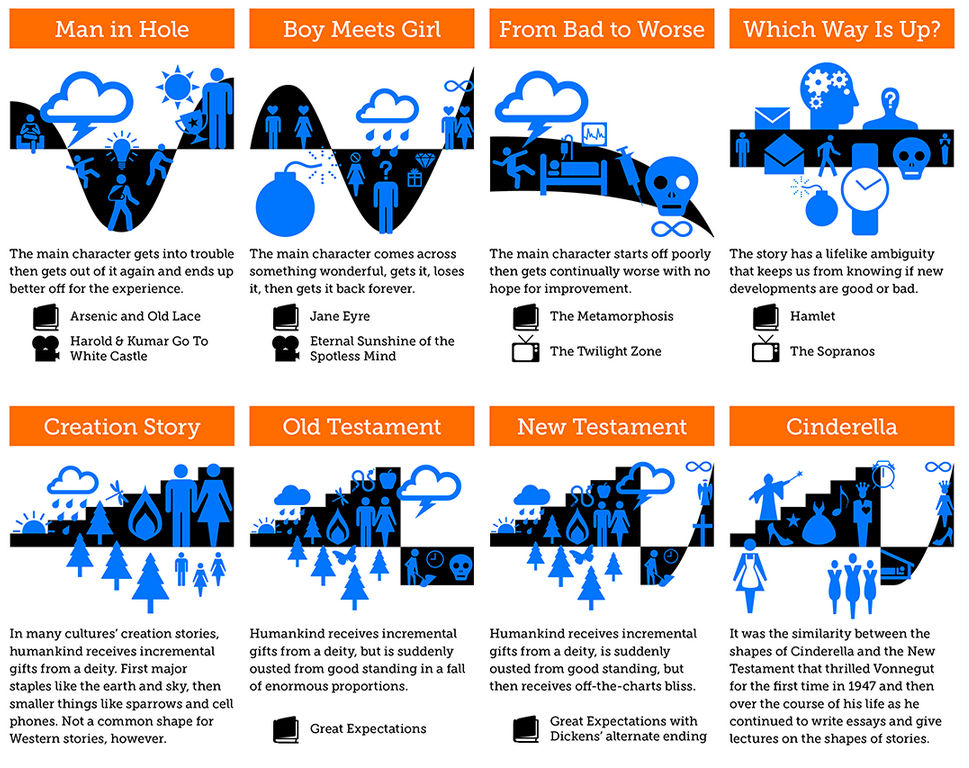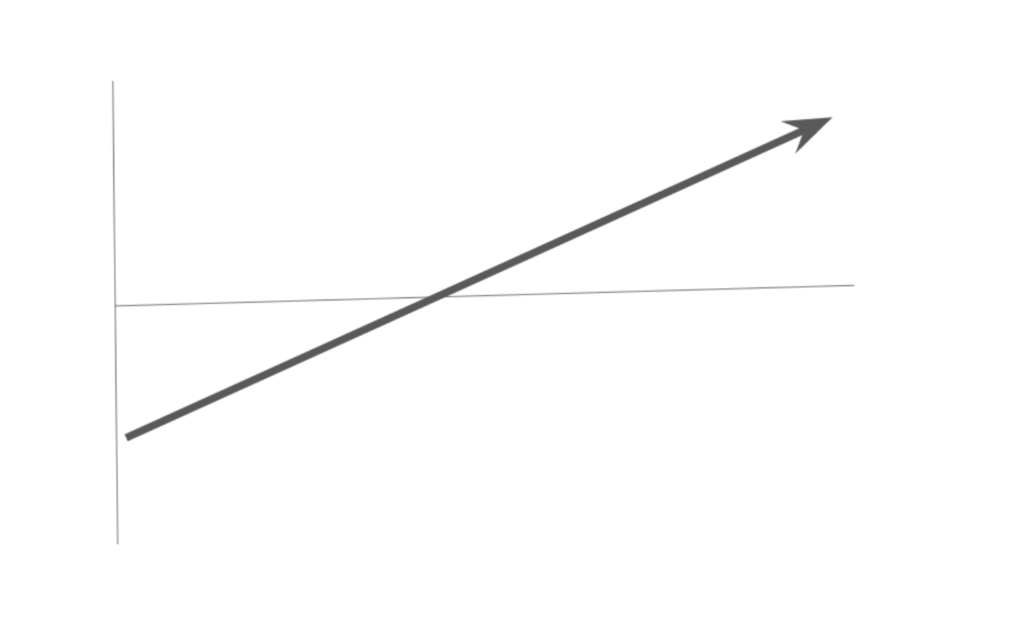Storytelling is more than just a marketing buzzword du jour.
It’s in our nature to need stories because the very way our brains are hardwired demands narrative. As children, stories teach us to navigate the world. As adults, we craft stories about ourselves and the world around us to help us make critical choices.
And for the purposes of this post, consider that many of these narratives are about the brands and businesses that we interact with. Just think about the last time you were trying to decide where to grab lunch. Chances are, experiences that you’ve had at each option popped into your head as “stories.” Maybe, there’s a deli with a friendly woman behind the counter who reminds you of someone. An inconsistent sit-down spot that you always forgive because of the character of its decor.
One could even simply define marketing and advertising as a brand’s chance to influence the story that their target audience is telling about them.
Ipso facto, if you want your marketing and advertising to resonate, it better tell a good story.
DISCLAIMER: Stories are powerful, but they can backfire. Sometimes it’s best to stick to the facts.
A problem that many marketers have with storytelling is that it’s hard to define just what a story is. Does my marketing need a villain? A hero’s journey? Internal or external conflict? Metaphors?
While there are many different ways to tell a story, almost all have at least one thing: a shape.
During his anthropology graduate studies at the University of Chicago, sci-fi author, Kurt Vonnegut (“Slaughterhouse Five” is his most well-known work) noticed that the Bible’s New Testament and the enduring folk tale Cinderella followed nearly the same story “shape” when charted across a horizontal axis of time and vertical axis of relative happiness.
He posited that the “shapes” of the stories a culture holds most valuable reveal things about that culture, and submitted his theory for his master’s thesis.
While his professors rejected the thesis (because “it was so simple and looked like too much fun”), Vonnegut considered the shapes his “prettiest contribution to culture.”
I’ll allow him to explain:

Designed by Maya Eilam
These story shapes are everywhere.
Almost every episode of every sitcom uses “man in a hole.” Our favorite lovable cast of weirdos gets into a pickle, then they get out of it.
I would argue that the classic copywriting formula “create the problem, agitate the problem, solve the problem” is just the “man in a hole” story shape.
Rom-coms are always the “boy meets girl” shape — star-crossed lovers find each other, then lose each other, but luckily love’s eternal power always conquers all in the last five minutes.
Forget Cinderella — “Rocky,” “The Karate Kid,” and most sports movies always steal her shape.
Think about how you structure your marketing and sales stories.
Is it like this?

This is the way things are, now let me tell you why they will be a million times better.
If we only tell our audience why our product or service is the greatest thing that anybody has ever conceived with no tension or conflict, this doesn’t make our message persuasive — it makes it sound like BS.
We cannot be afraid to introduce points of tension and conflict into our content. People love stories because they love struggles that mirror their own.
A perfect example of this in marketing and advertising is a :60 TV spot produced for the Canadian Paralympic Committee.
The commercial, made with one continuous tracking shot, starts with an athlete sprinting around a track to the sound of a raucous rock guitar. As the shot continues, you notice that he is running on one leg and a blade prosthetic. He passes wheelchairs strewn across the track, himself training in the gym, and then himself learning how to walk.
You realize that as he is sprinting around the track, he is sprinting passed every critical event that’s taken him to this point. He dashes forward as his body lays on the surgery room table, and finally, the tragic car accident smolders behind him. The spot ends with a ten-second shot of him triumphantly galloping with the superimposed words: “UNSTOPPABLE.”
This incredible ad uses Vonnegut’s “man-in-a-hole” story shape to great effect. At first, it looks and feels like a run-of-the-mill athletic ad that’s focused on performance. This is quickly forgotten when you begin to see everything that the athlete has had to overcome.
Because the ad moves backward chronologically, it puts the audience deeper in a hole as the athlete sprints closer to the tragic accident that led to his amputation. But after only building tension and conflict for the first :50 seconds of the spot, the last :10 are a testament to the incredible will of the human spirit. Despite everything that this athlete has been through, he sprints forward. The message is simple: paralympic athletes are unstoppable.
He, and the audience, are out of the hole.
It’s important to note that this story was told with a single superimposed word. Stories can be told using a voiceover or copy, but they can also be told with stirring visuals.
So remember, effective marketing and advertising storytelling can and should mirror the struggles of your audience.
When used as a marketing buzzword, “storytelling” usually refers to bolting on tools from fiction to your advertising. Plot, character, and metaphor are not a panacea for all marketing creative ills. But, the basic build and release of tension that is inherent to Vonnegut’s story shapes is the fundamental building block of any good story.
Try applying these story shapes to almost any brand communication and there’s a strong chance it will better resonate with your audience.